We may earn money or products from the companies mentioned in this post. This means if you click on the link and purchase the item, I will receive a small commission at no extra cost to you ... you're just helping re-supply our family's travel fund.
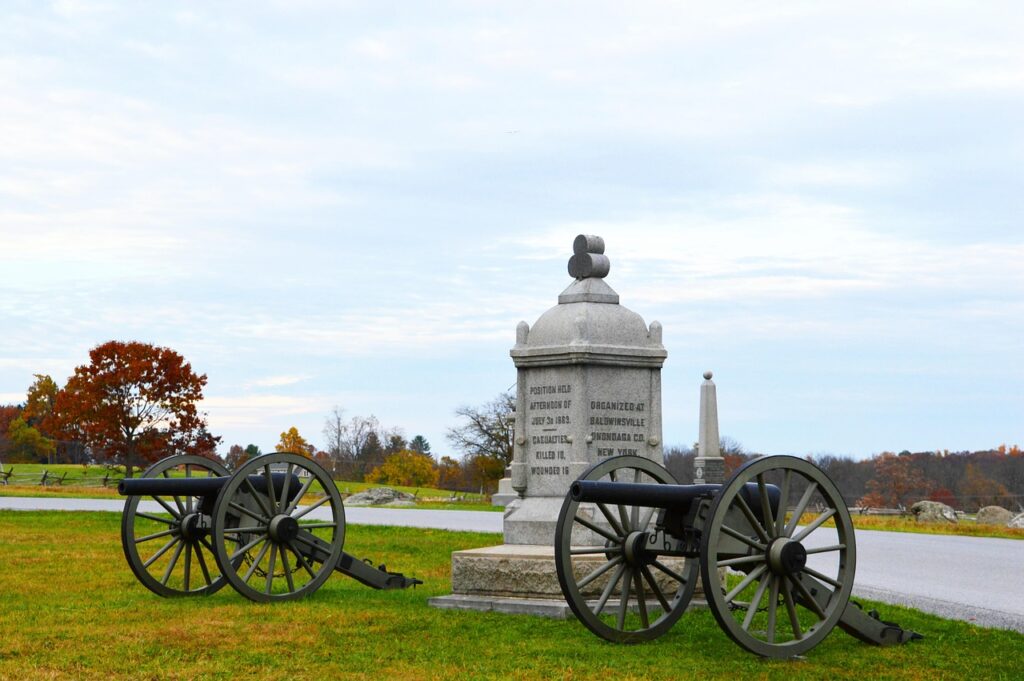
The echoes of cannons have faded, replaced by birdsong and rustling grasses. These once-bloody American battlefields now bloom with quiet beauty, offering solemn reflection instead of strife. Walk where history unfolded, where soldiers clashed, leaders emerged, and the future shifted on muddy boots and smoke-filled air. Today, these hallowed grounds invite peace-seekers, history lovers, and nature walkers alike. Here are 13 battlefields that have transformed from violent pasts to verdant serenity.
1. Gettysburg National Military Park, Pennsylvania

Gettysburg’s rolling fields are now peaceful, but they once held three chaotic days of Civil War bloodshed. Lincoln’s Gettysburg Address immortalized the site, while the battle’s 50,000 casualties etched it into history. Wander among monuments and cannon-lined paths and you’ll feel the weight of those who fought. Despite its tranquil sunsets and scenic walking trails, the air still carries whispers of one of America’s most pivotal moments.
2. Antietam National Battlefield, Maryland
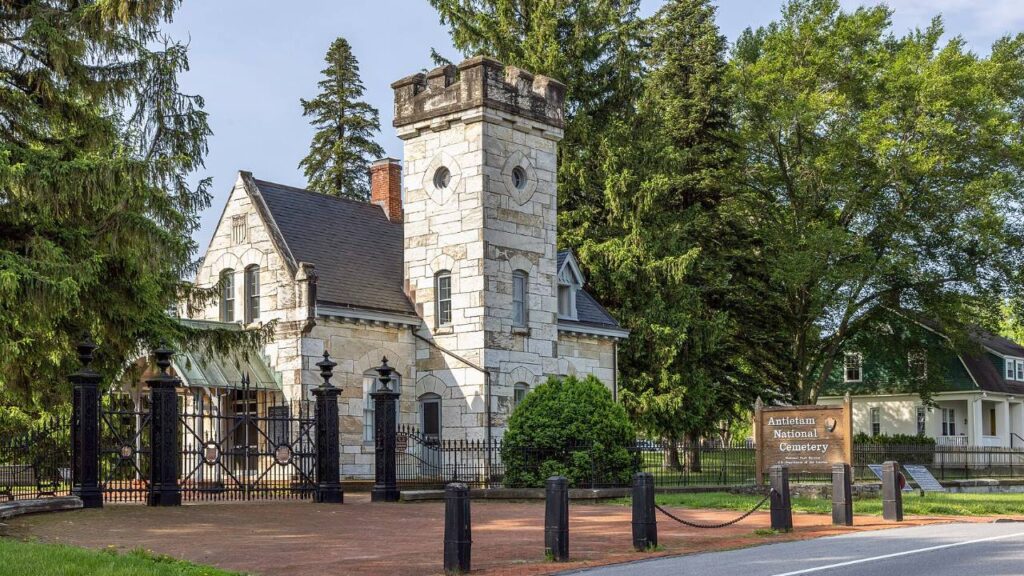
Antietam’s beauty hides the truth: over 23,000 men fell here in a single day. Its quiet lanes, like the aptly named “Bloody Lane,” tell of a battle that forever changed the Civil War’s trajectory. Visitors stroll past Dunker Church and Burnside Bridge without realizing they’re on one of America’s bloodiest stages. The serenity today stands in poignant contrast to the horror once seen under these wide Maryland skies.
3. Shiloh National Military Park, Tennessee
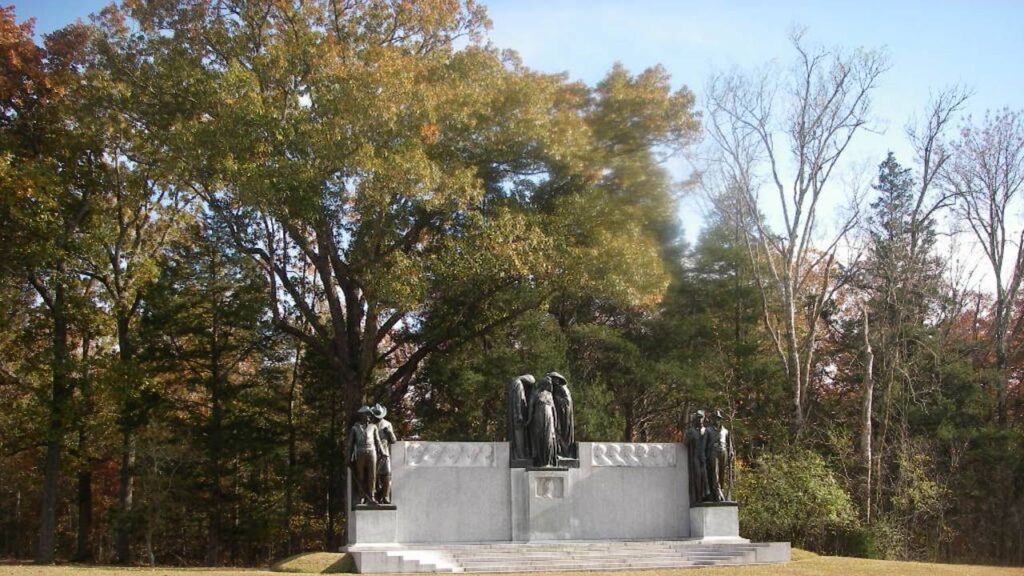
Known for the infamous Hornet’s Nest, Shiloh was a clash of over 100,000 soldiers in Tennessee’s dense woods. Today, those woods hum with birds, not bullets. Visitors can drive the 12-mile tour or explore on foot, passing plaques and cannons that hint at the past. Green fields now cover ground soaked in sacrifice—proof that time can soften even the harshest histories.
4. Monmouth Battlefield State Park, New Jersey
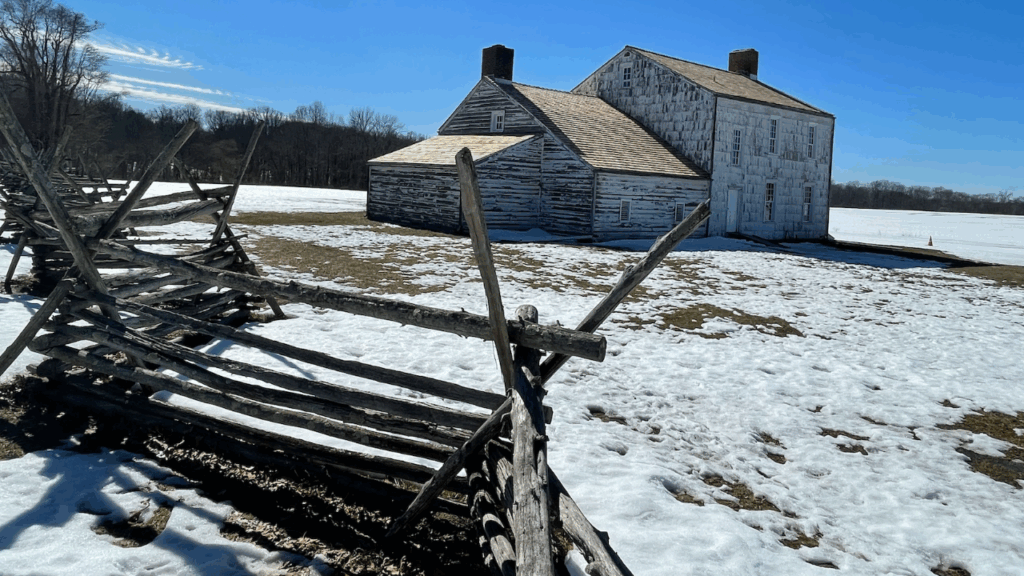
Once the scene of a stifling summer clash between Washington’s Continental Army and the British, Monmouth Battlefield is now a picturesque parkland. The Craig House stands as a relic of colonial days and battlefield medicine. Hiking trails and picnic areas invite modern visitors to reflect on the soldiers who endured heat, muskets, and mayhem for a nation still in its infancy.
5. Fort Necessity National Battlefield, Pennsylvania
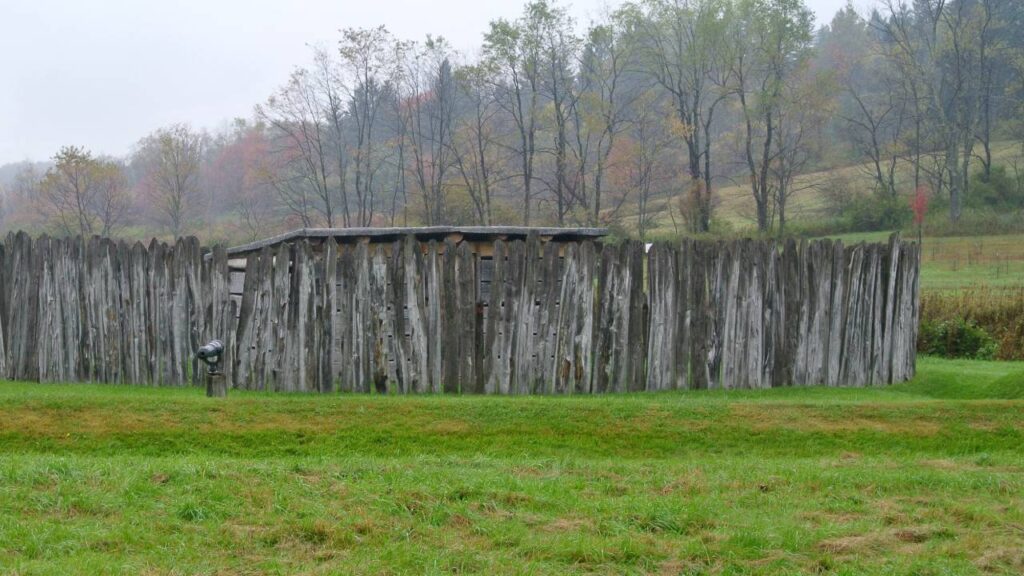
Before he was a founding father, George Washington faced defeat here. His youthful misstep in building a vulnerable stockade helped ignite the French and Indian War. Now, Fort Necessity’s grassy ring of timber posts lies surrounded by serene meadows. Educational exhibits and paths reveal how even great leaders begin with humbling failures, and how history grows from them.
6. Stony Point Battlefield, New York

Stony Point’s rocky cliffs once staged a midnight raid by daring Continental soldiers in 1779. Today, visitors marvel at the Hudson River views and historic lighthouse. Occasional musket demos bring the past alive, but the real thrill comes from realizing how close America came to losing—and how much grit it took to win back ground like this.
7. Palo Alto Battlefield National Historical Park, Texas
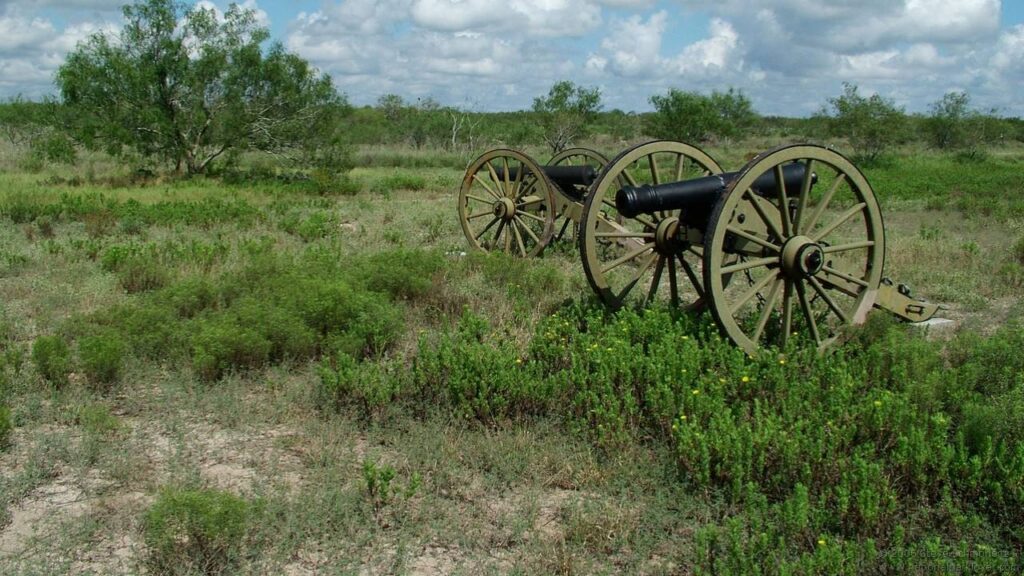
These peaceful Texas plains mark the start of the Mexican–American War. Bronze cannons dot the fields where cavalry once clashed under blistering sun. Trails through tall grass lead to interpretive signs and views of a tranquil landscape that belies the political and territorial shifts born here. Palo Alto’s calm now masks the thunder it once knew.
8. Pea Ridge National Military Park, Arkansas
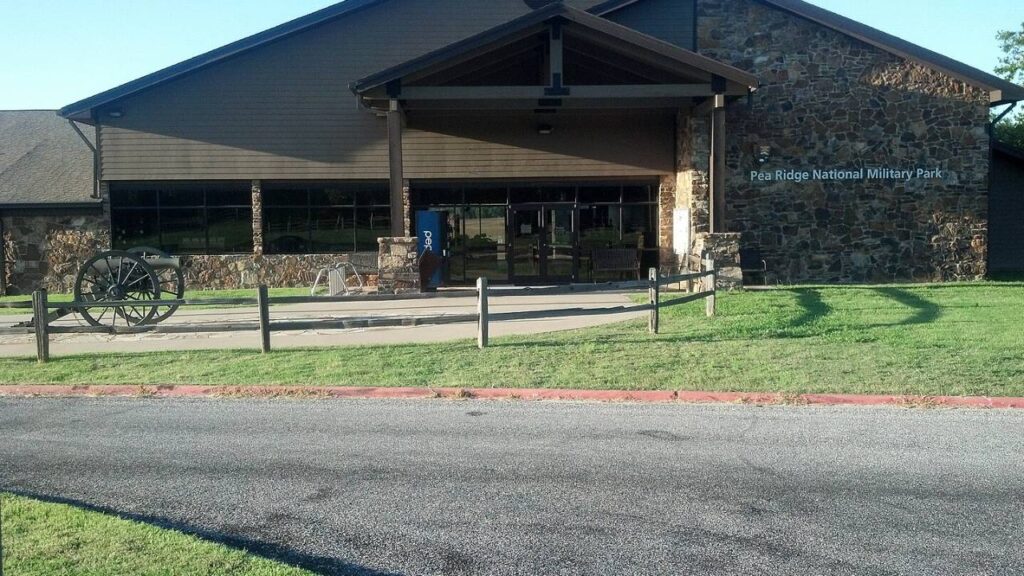
Against the odds, Union forces outmaneuvered a larger Confederate army here in 1862. Pea Ridge’s 4,300 acres are among the best-preserved battlefields in the U.S. Split-rail fences and cannon displays stretch across wildflower-filled fields, inviting visitors to trace the strategy (and bravery) that changed the tide in the Western theater.
9. Fort Donelson National Battlefield, Tennessee
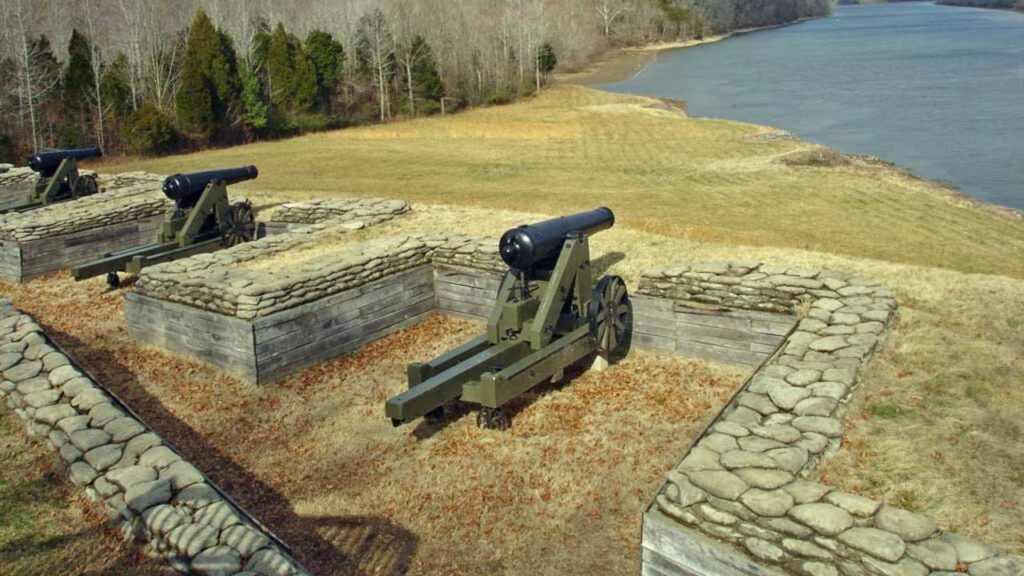
Fort Donelson’s surrender was a major blow to the Confederacy and a stepping stone for Ulysses S. Grant. Today, river views and historic cannons draw visitors, while nature trails and overlooks reveal how important waterways shaped the war. The fort’s earthworks remain intact, a silent testament to both conflict and perseverance.
10. Fredericksburg & Spotsylvania National Military Park, Virginia
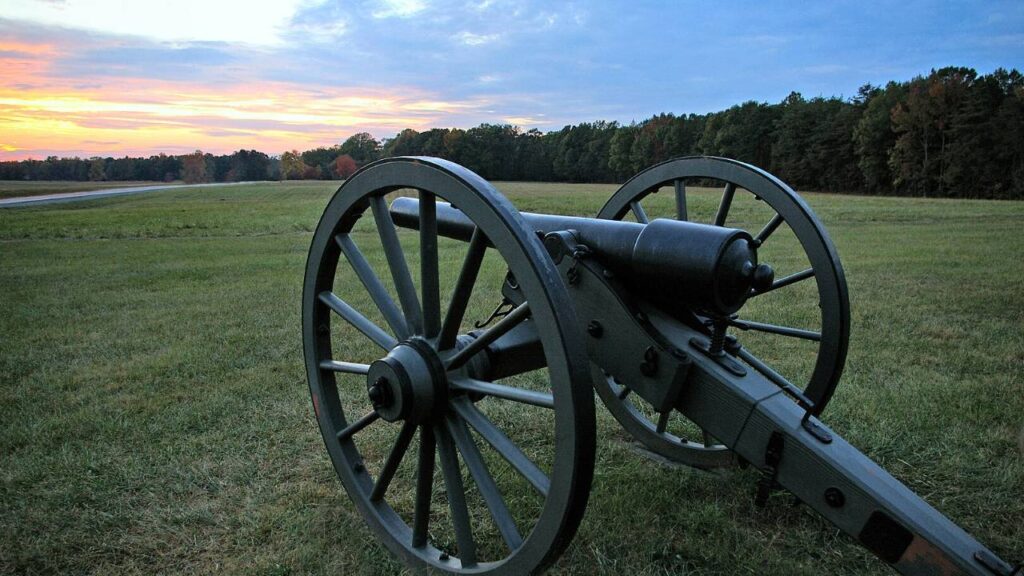
This sprawling park spans four Civil War battlefields. From Slaughter Pen Farm to the Wilderness, it’s a patchwork of pain and pride. Stone walls and preserved buildings line scenic drives and hiking paths. What’s left today is a deeply moving landscape of rolling hills and forested trails where stories echo beneath each step.
11. Kings Mountain National Military Park, South Carolina
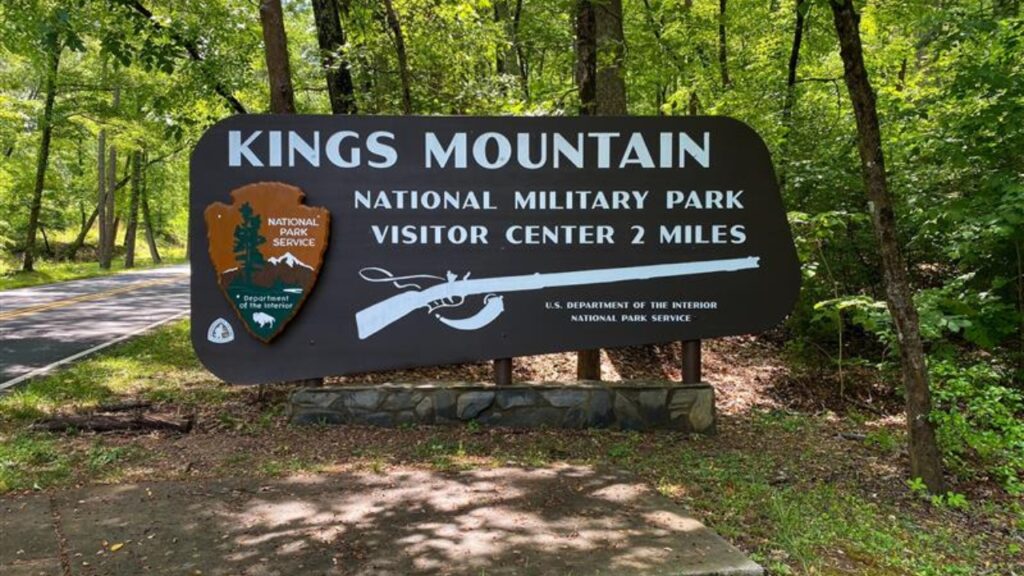
Kings Mountain wasn’t a formal battle, it was personal. Neighbors fought neighbors in a rugged backwoods brawl that helped turn the tide of the Revolutionary War. Now, interpretive trails weave through hardwood forests, and monuments commemorate the clash of militia forces. It’s raw, intimate history wrapped in Appalachian beauty.
12. Petersburg National Battlefield, Virginia
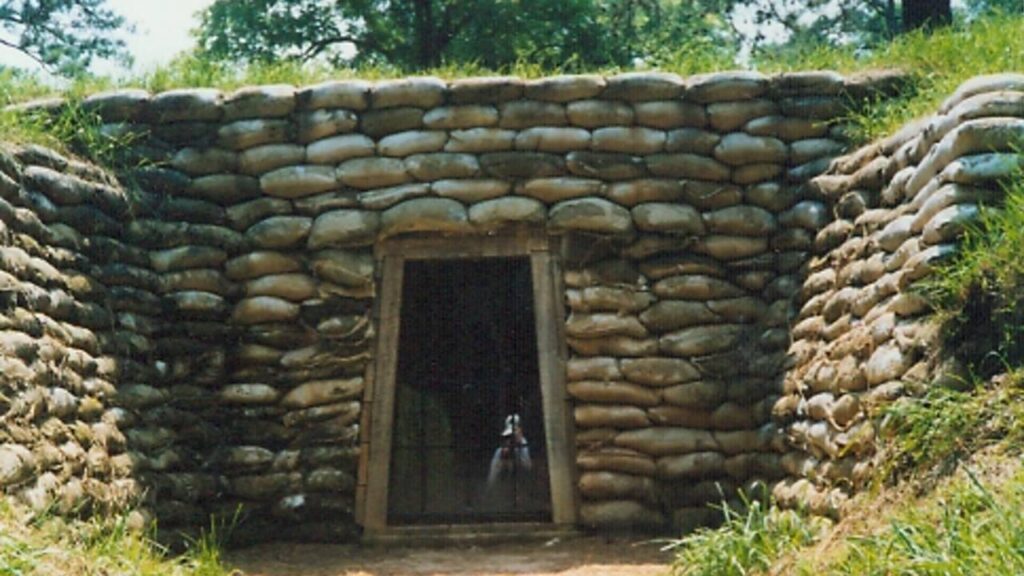
Nine months of siege warfare reduced Petersburg to trenches and attrition. The city eventually fell, pulling Richmond down with it. Today, wooden fortifications and sun-dappled trails line this somber ground. Interpretive signs explain the siege’s slow grind, where endurance mattered more than explosions. Now it’s peaceful, but every ditch tells a gritty tale.
13. Fort Sumter National Monument, South Carolina
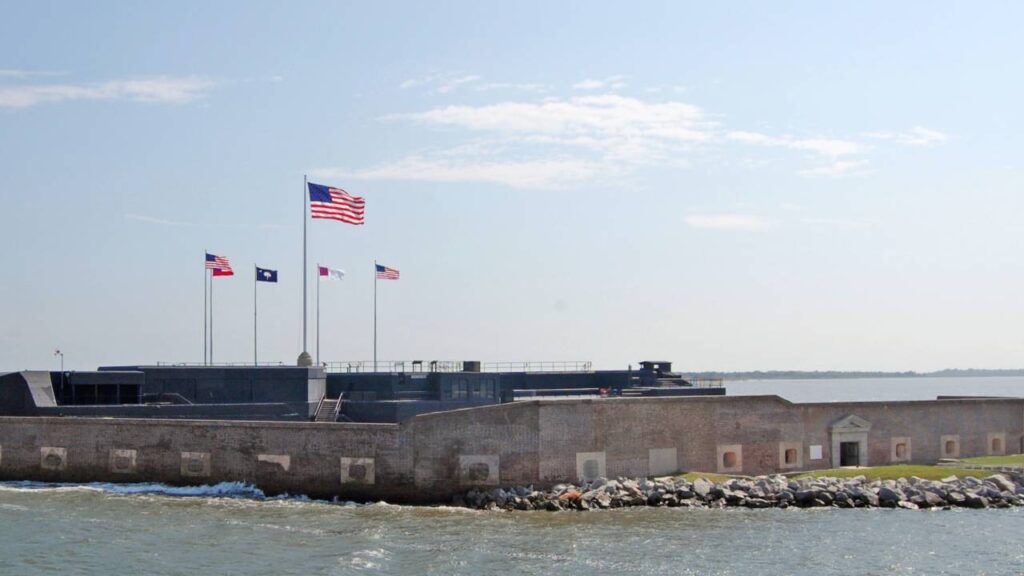
Where it all began: the Civil War’s opening salvos echoed from Fort Sumter’s walls. Accessible by ferry, the ruined brick fort stands sentinel in Charleston Harbor. Visitors now arrive not to fight, but to learn; gazing at flagpoles and cannon-lined platforms while imagining the morning history took a violent turn. It’s a powerful, sea-swept reminder of the war’s spark.